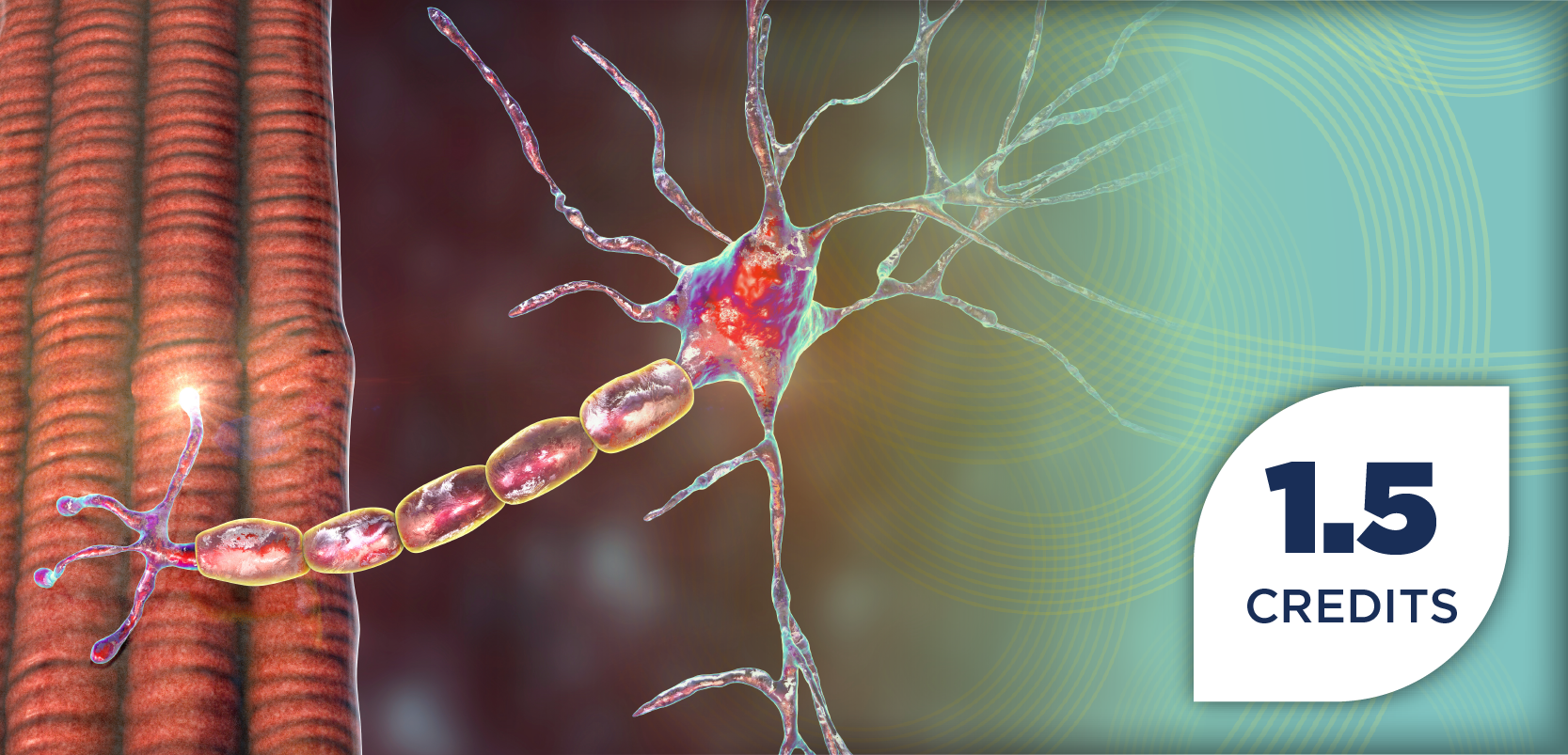
Intranasal Insulin Shows Promising Brain Uptake Patterns in Alzheimer Disease
Key Takeaways
- Intranasal insulin effectively reaches key memory regions in the brain, offering potential for Alzheimer’s disease treatment.
- Insulin absorption varies between cognitively normal individuals and those with mild cognitive impairment, with higher uptake in the former.
Intranasal insulin shows promise in targeting memory regions of the brain, offering new hope for Alzheimer disease treatment in older adults.
Intranasal insulin can safely and effectively reach key memory regions of the brain in older adults and could aid new treatments for Alzheimer disease (AD), according to a new brain imaging study from Wake Forest University School of Medicine. The study authors, who published their findings in Alzheimer’s & Dementia: Translational Research & Clinical Interventions, noted that the results also demonstrated that, when delivered through a simple nasal spray, individuals with early cognitive decline absorb the insulin differently than others.1,2
“One of the biggest challenges in developing treatments for brain diseases is getting agents into the brain,” Suzanne Craft, PhD, professor of gerontology and geriatric medicine at Wake Forest University School of Medicine and director of the Wake Forest Alzheimer Disease Research Center, said in a news release. ”This study shows we can validate intranasal delivery systems effectively, an essential step before launching therapeutic trials.”2
AD & Insulin
Individuals with AD have a buildup of proteins in the form of amyloid plaques and neurofibrillary tangles in the brain that cause brain cells to die and the brain to shrink over time. According to Mayo Clinic, around 6.9 million individuals 65 years and older live with AD.3
Despite its prevalence, effective treatments for AD and mild cognitive impairment are lacking. While antiamyloid antibodies offer potential benefits, they do not address causes like insulin dysregulation or impaired neuroplasticity. Metabolic and vascular disorders raise AD risk by disrupting insulin regulation, leading to inflammation, blood vessel issues, and reduced brain plasticity, suggesting that treatments for these conditions could be repurposed to help treat AD.1,2
Previous animal and human studies have found that intranasal insulin reaches the brain without affecting blood glucose and has shown promise in improving cognition and brain activity and reducing AD pathology.1,2
“There’s an urgent need to identify effective and feasible ways to prevent and treat [AD],” said Craft in the news release. “These findings show that we can now validate whether treatments are actually reaching their intended brain targets, which is critical information for designing successful trials.”2
Intranasal insulin for AD
To further assess how intranasal insulin reaches the brain, researchers conducted a first-in-human positron emission tomography study, including 16 older adults with an average age of 72. Seven of the individuals were cognitively normal, and 9 had mild cognitive impairment. Using a new radiotracer, [68Ga]Ga-NOTA-insulin, and a 6-spray delivery system, individuals underwent brain and whole-body imaging, reporting that the spray was easy to use.1,2
The results demonstrated a high insulin uptake in key memory regions, such as the hippocampus and temporal lobe. Additionally, cognitively normal individuals had higher and more sustained insulin absorption than those with mild cognitive impairment. In women, insulin uptakes were associated with better cardiovascular health, while a marker of brain amyloid levels was linked with reduced brain absorption.1,2
“The results of the study represent a significant step forward in medicine, as they validate that our nasal delivery system was effective in delivering intranasal insulin safely and effectively to specific regions of the brain,” Reenal Gandhi, director of business development for Aptar Pharma, said in the news release. “As scientific understanding and development advance, we see continued opportunities for intranasal delivery to improve how therapeutics are delivered to the central nervous system.”2
The study authors noted that the treatment was well tolerated, with only 2 individuals reporting mild headaches that were short-lived.1,2
“While there’s still a lot to learn, these findings show that we now have the tools to validate intranasal drug delivery to the brain,” Craft concluded in the news release. “This is promising news for developing more effective and accessible treatments for AD.”2
REFERENCES
1. Sai K. Erichsen J. Gollapelli K. et al. First-in-human positron emission tomography study of intranasal insulin in aging and MCI. Alzheimer's & Dementia: Translational Research & Clinical Interventions. Volume 11 (2025) doi.org/10.1002/trc2.70123
2. New study validates insulin nasal spray to deliver Alzheimer’s drug directly to the brain. EurekAlert! News release. July 23, 2025. Accessed August 8, 2025. https://www.eurekalert.org/news-releases/1092108
3. Alzheimer’s Disease. Mayo Clinic. News release. November 8, 2024. Accessed August 5, 2025. https://www.mayoclinic.org/diseases-conditions/alzheimers-disease/symptoms-causes/syc-20350447
Newsletter
Stay informed on drug updates, treatment guidelines, and pharmacy practice trends—subscribe to Pharmacy Times for weekly clinical insights.






















































































































































































































